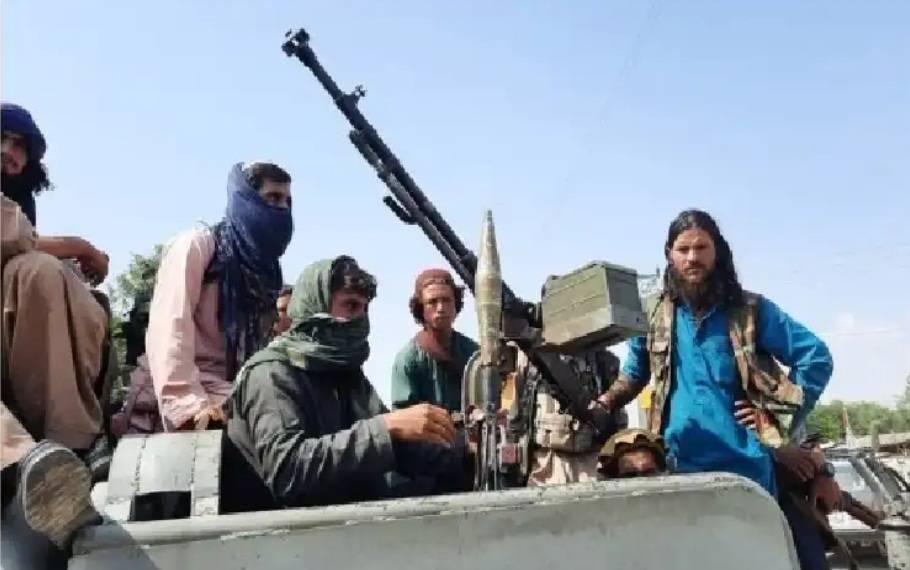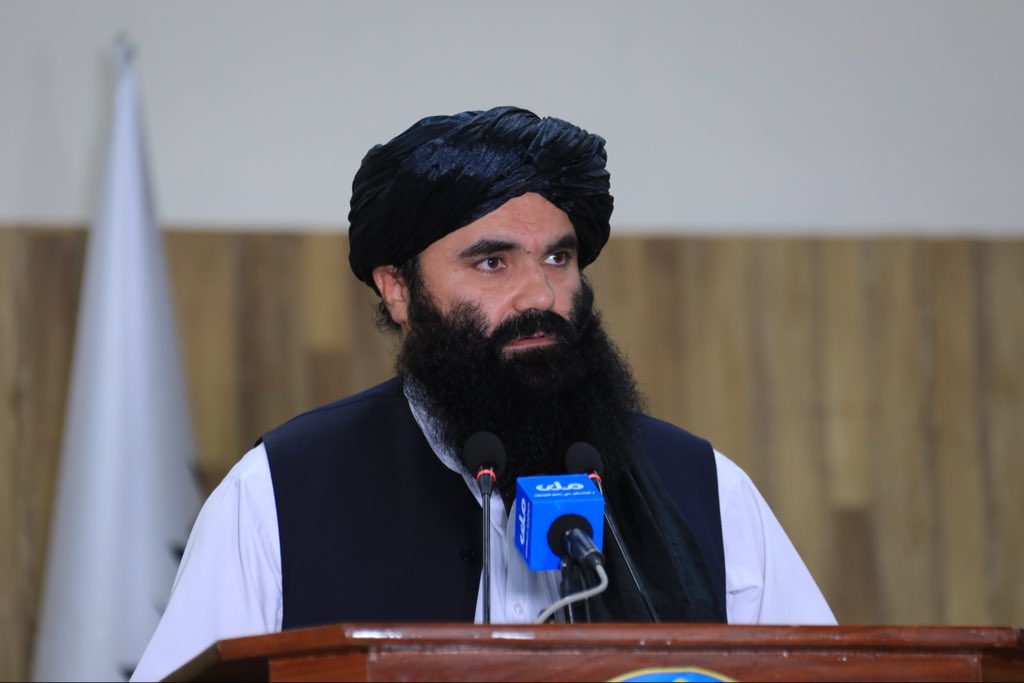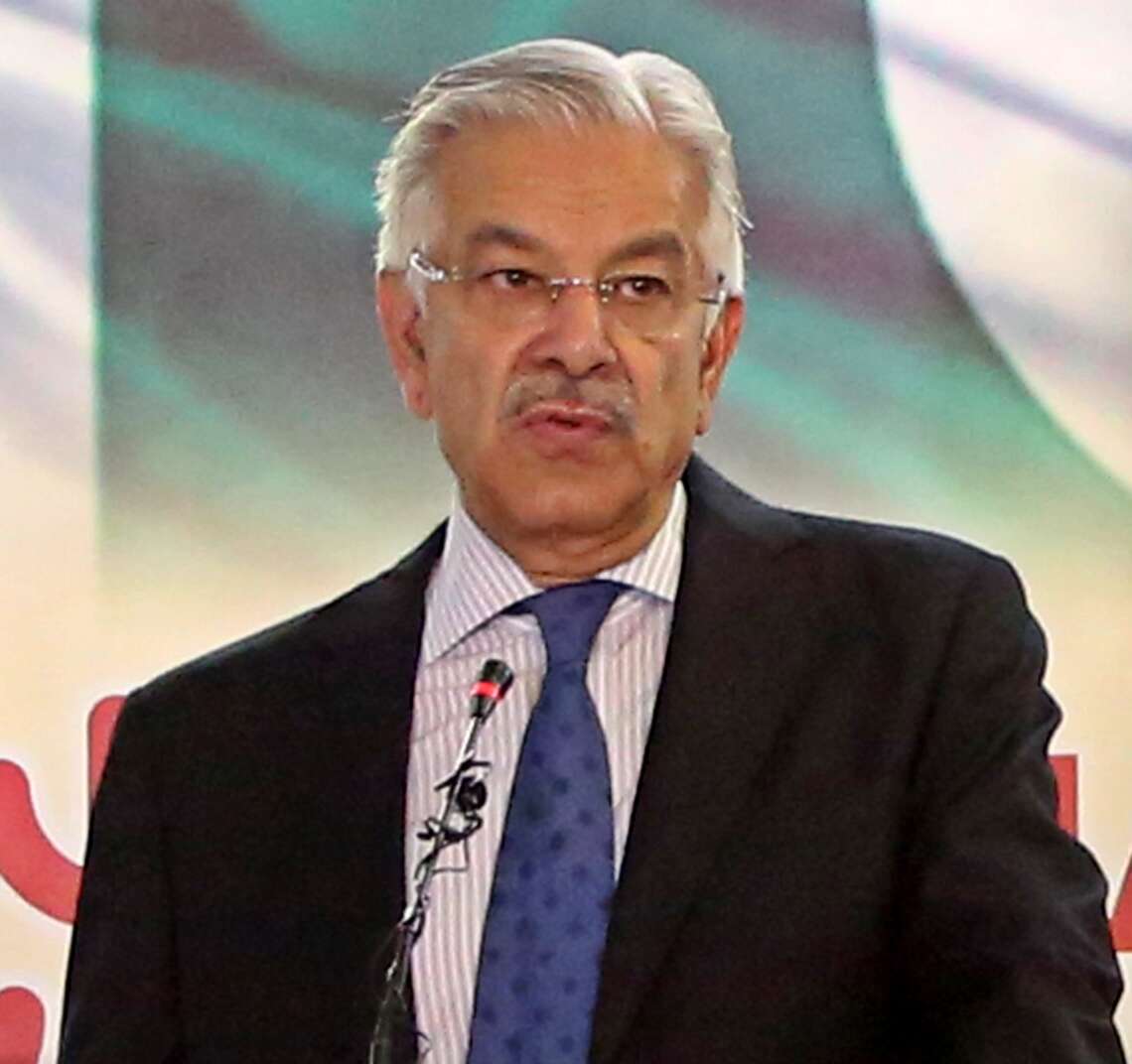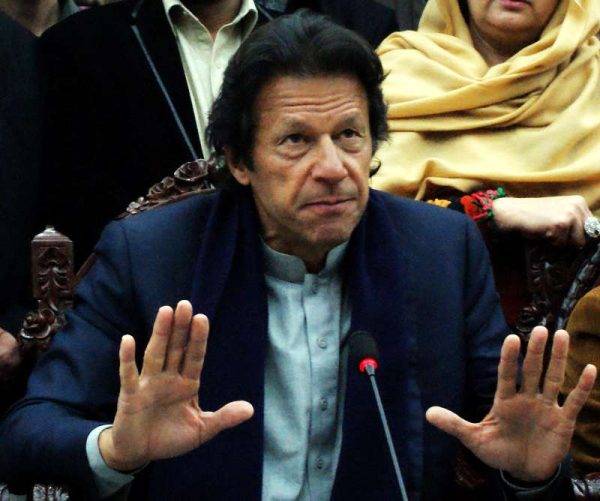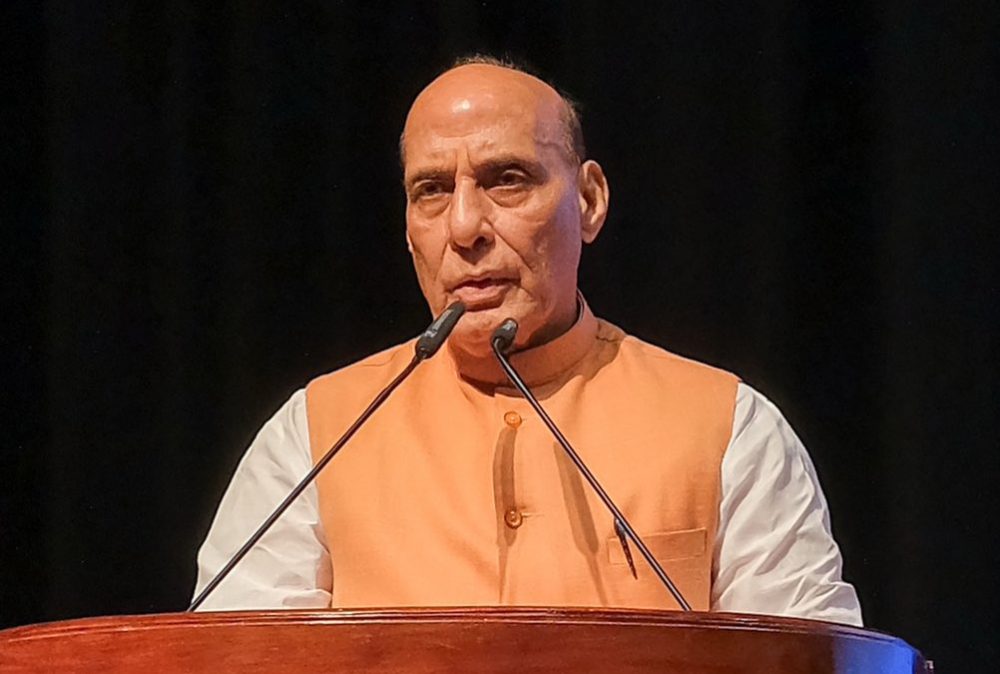A February 2021 report of the UN indicates that attacks and threats against journalists had become more targeted in Afghanistan. The Human Rights Watch claims that the Taliban track reporters online, leaving warnings on Facebook feeds or via text message, and in some cases detain them overnight….reports Asian Lite News
While the meeting of US CIA Director William Burns with Afghan Taliban leader Mullah Baradar in Kabul is now well known, less known is the visit of the Chinese intelligence chief to Afghanistan in early February this year.
This was a result of the arrest of 10 Chinese spies who were caught spying in Afghanistan. Importantly, during his meetings with the NDS in Kabul, the Chinese State Security official cautioned his Afghan counterparts about the possibility of a Taliban takeover. This information was based on the contacts that China’s intelligence agency had established with the Taliban last year.
The NDS, Afghanistan’s intelligence agency, had received tips about Chinese nationals, who had built ties with the Haqqani Network to track down Uyghur extremists.

Interestingly, while in the past, China worked in Afghanistan through the Pakistani ISI, of late, they have been working directly with the Afghans, first with the government of President Ashraf Ghani and now with the Taliban.
The Chinese contacts with the Taliban are neither new, nor surprising. China had signed a deal with the Taliban in 1996. They supplied the Taliban with weapons and ammunition in return for a guarantee that the Afghan Taliban would not provide asylum and training to the ETIM or any other separatist group like the IMU.
ALSO READ: Taliban initiates dialogue with India in Qatar
One expects a similar understanding to have been reached between Mullah Abdul Ghani Baradar and Chinese Foreign Minister Wang Yi when the former visited Beijing last month. Just as the Chinese view the Taliban based on their past linkages and need to counter any threats to them, the Taliban in its so-called new avatar as the rulers of Afghanistan has shown in recent weeks that they will work in much the same manner, as they did when they ruled Afghanistan from 1996 to 2001. Women and the media are bearing the brunt of the Taliban’s ire, in effect undoing 20 years of societal progress.
Reports have since emerged of the Taliban banning music and working of female employees in local radio stations in Ghazni province. At the same time, the killing of the family member of an Afghan journalist, who worked for the Deutsch Welle (DW), signals the antipathy of the Taliban to any kind of freedom of expression, especially by the media.

The Taliban have taken the stand that it is best for women to stay at home till such time that their soldiers are sensitised on how to treat women.
Their spokesperson Zabiullah Mujahid, said recently, “Our security forces are not trained (in) how to deal with women – how to speak to women (for) some of them. Until we have full security in place… we ask women to stay home.”
This is an indirect imposition of Sharia by the Taliban.
The Taliban’s information affairs in-charge for the Ghazni province has banned music and the work of female employees in the local radio stations.
ALSO READ: Taliban ‘night letters’ circulate in Afghanistan
Maulvi Habibullah Mujahid said that all radios should disseminate transmissions only in line with Sharia law.
He is quoted by Pajhwok as saying that the “work of women employees and music is banned in local radios”.
He said Afghanistan is an Islamic country and its people don’t want music, therefore it should be banned. According to him, radio could highlight public issues and could criticise the Taliban, but they could not violate Islamic law. Currently, Ghazni has nine local radios, two Sharia radios and one private television channel.
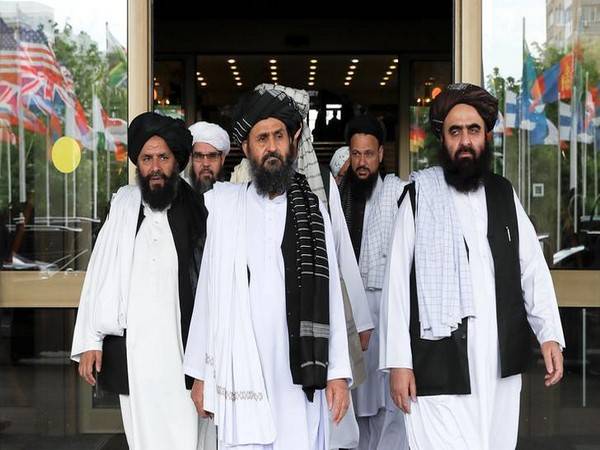
During their first press interaction (on August 17), the Taliban had insisted that the media could function, if they follow their ‘suggestions’: Namely, adherence to Islamic values, impartiality, and upholding the national interest.
The Ghazni news reports make it clear that the Taliban intend to clamp down on any freedom of expression, especially by the media in Afghanistan. Subsequently, it was reported that a family member of an Afghan journalist who worked for DW had been killed by the Taliban. The Taliban had gone looking for the journalist in Kabul, who had already fled to Germany.
Typical of the Taliban, their soldiers went from house to house, searching for the journalist and when he was not found, they killed a relative, sending out a warning to all mediapersons to stick to the laid down line.
Just how important the media is in Afghanistan can be gauged from the fact that from 2001 till date, the number of such organisations went from nil to 170 radio stations, over 100 newspapers and dozens of TV channels. The media is the obvious choice for the Taliban to target because they know that the press would be the first to report the ills of their governance style.
One media advocacy group reported that at least 30 mediapersons have been killed since the beginning of 2021. Many media outlets had closed their operations anticipating a Taliban takeover.
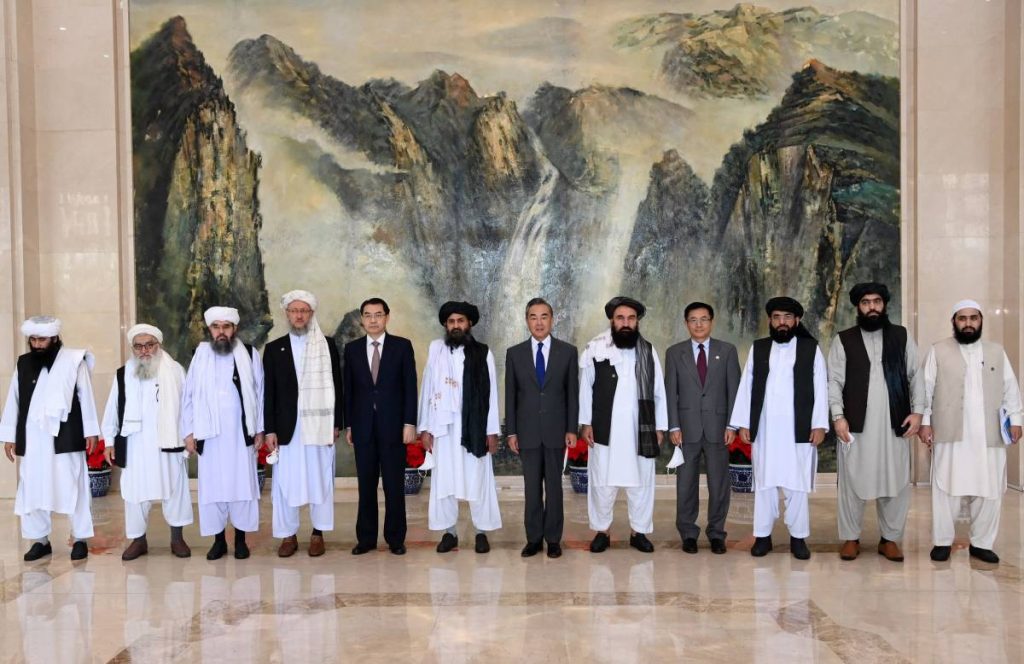
One must note that the Taliban had been making gradual inroads all over Afghanistan since the start of 2021. It is not as if their advance was sudden and occurred overnight. That is why scores of Afghan journalists went into hiding, quit their jobs, and in some cases even erased their online profiles.
In regions where the Taliban had seized control, they had suspended or closed media outlets. Over 1,200 journalists have lost their jobs, due to the closures, or have been replaced by Taliban supporters. Media outlets that have reopened typically broadcast Taliban propaganda.
The Taliban spokesperson in May 2021 had warned that journalists would ‘face the consequences’ for one-sided reporting or collusion with intel agencies. The group has long painted journalists as Western agents, spies, and sell-outs, thereby justifying violence against them.
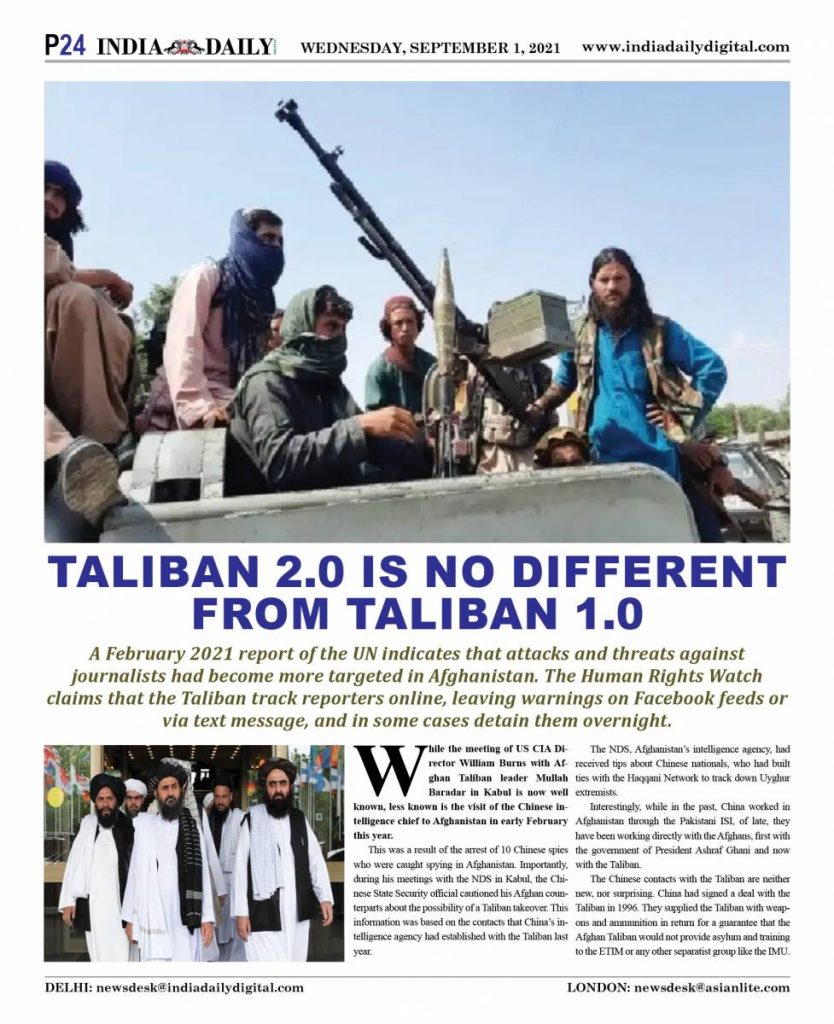
A February 2021 report of the UN indicates that attacks and threats against journalists had become more targeted in Afghanistan. The Human Rights Watch claims that the Taliban track reporters online, leaving warnings on Facebook feeds or via text message, and in some cases detain them overnight.
Threats are peppered with details about a journalist’s movements, family members and work. Female journalists are particularly threatened, despite the Taliban saying that women can continue to work in public.
At the end of the day, the Taliban 2.0 is no different from Taliban 1.0.
What is different this time is a subtle attempt to look good, at least in Kabul, so that in the eyes of the world, they are a better lot than before. The Taliban have not had a change of heart, they only made a tactical shift of position to gain some brownie points with the international community.


